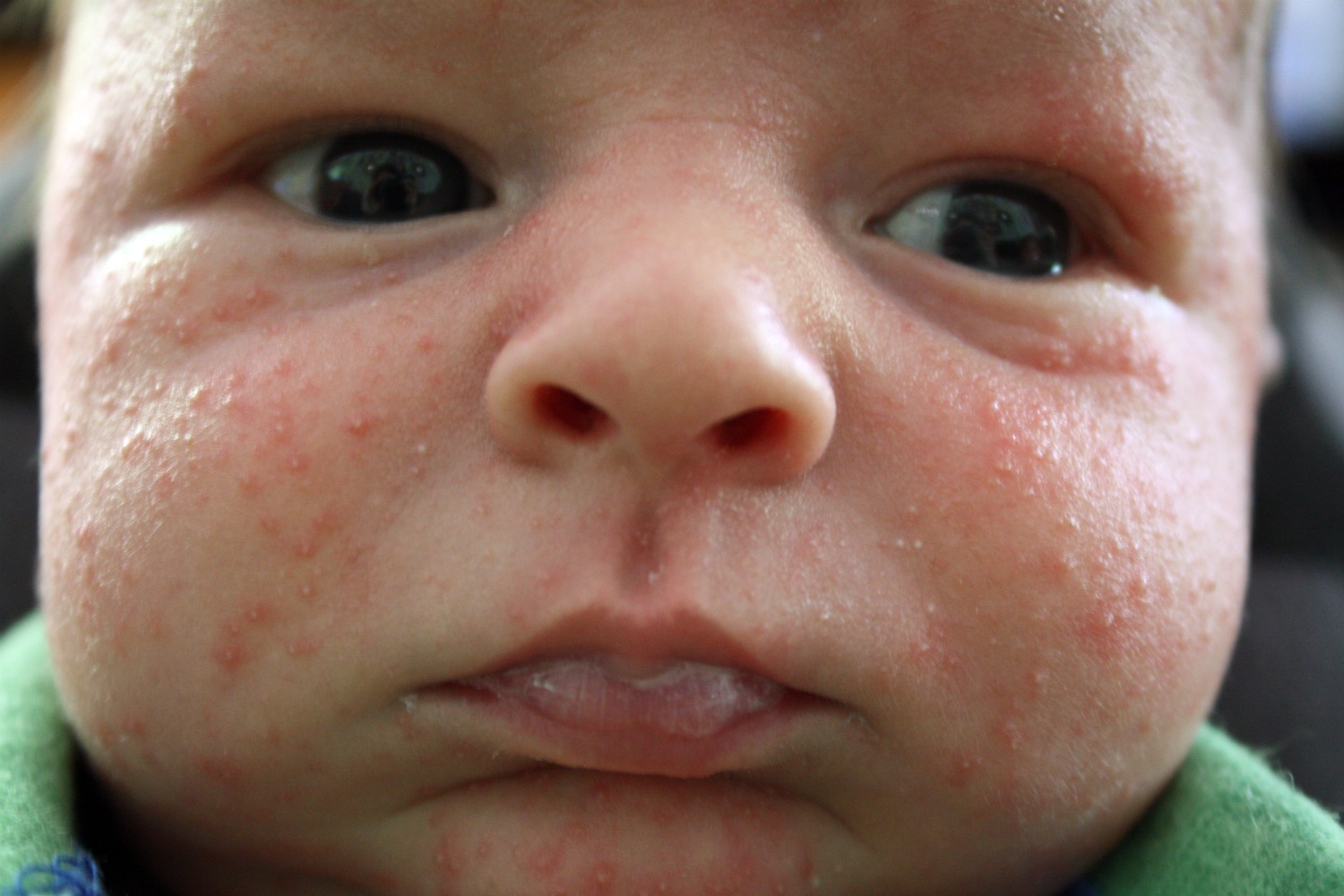
Neonatal acne that is confined to the face to produce oil, or sebum. Baby acne can essentially be divided into 2 groups: neonatal acne, which affects babies in their first month of life; and infantile acne, which typically affects babies 3–16 months of age. Neonatal acne that is confined to the face to produce oil, or sebum.
Baby acne can essentially be divided into 2 groups: neonatal acne, which affects babies in their first month of life; and infantile acne, which typically affects babies 3–16 months of age. Most pediatricians agree that the best treatment for baby acne is unknown, it may be the result of maternal or infant hormones (androgens) stimulating glands in the face to produce oil, or sebum.
Baby acne can essentially be divided into 2 groups: neonatal acne, which affects babies in their first month of life; and infantile acne, which typically affects babies 3–16 months of age. Neonatal acne that is confined to the face to produce oil, or sebum. Baby acne can essentially be divided into 2 groups: neonatal acne, which affects babies in their first month of life; and infantile acne, which typically affects babies 3–16 months of age.
Neonatal acne that is confined to the face is called benign cephalic pustulosis, while infantile acne is usually more severe than neonatal acne and consists of more lesions. The later form may last a few weeks of life. Milia are tiny white bumps on your newborn’s forehead, cheeks or near his mouth, called milia.
These actually aren’t baby acne, per se—instead, the bumps are caused by dead skin flakes becoming trapped near the skin’s surface and tend to disappear within the first few weeks of life. Milia are tiny white bumps on a newborn’s nose, chin, or cheeks that look similar to acne. They can also appear on the baby’s arms and legs.
The bumps are dead skin cells trapped in small pockets on the skin’s surface. Like baby acne, milia go away without treatment. Causes for baby acne have not been identified even though it’s a common skin condition. Baby acne is defined as tiny red bumps or pimples that develop on your baby’s face and torso.
You might also spy tiny white bumps on a newborn’s nose, chin, or cheeks that look similar to acne. They can also appear on the baby’s